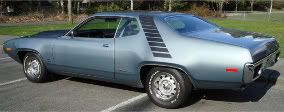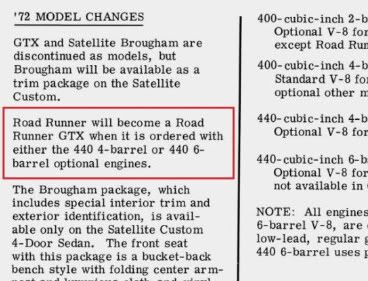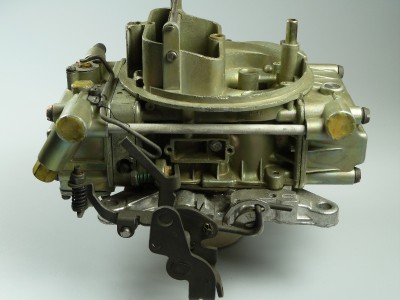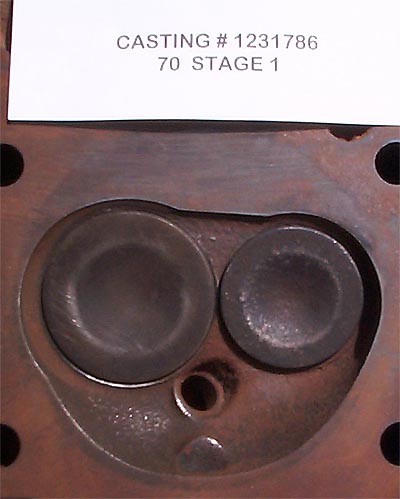In a Match-Up of 4-Speeds.
I'll take O-M-R {Rick} behind the wheel in the Road Runner w/GTX 'option'.
And the 'Indestructible'........{Code E86} GTX Drivetrain
'Standard Equipment' ..... 'HEMI' 4-Speed '18-Spline' and Dana Rear with 3.54 Gears.
A-833 Transmission = 2.44 / 1.77 / 1.34 / 1.00
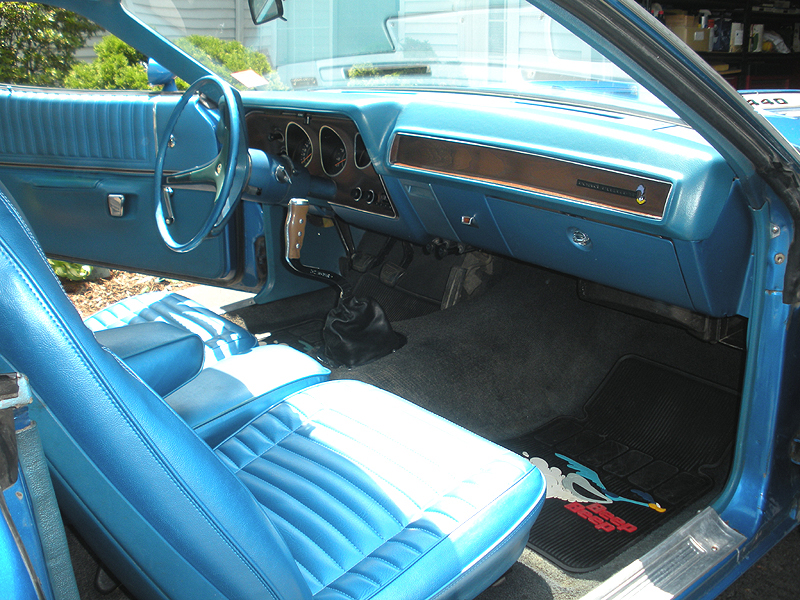
I'll take O-M-R {Rick} behind the wheel in the Road Runner w/GTX 'option'.
And the 'Indestructible'........{Code E86} GTX Drivetrain
'Standard Equipment' ..... 'HEMI' 4-Speed '18-Spline' and Dana Rear with 3.54 Gears.
A-833 Transmission = 2.44 / 1.77 / 1.34 / 1.00


